
Armenian Wedding, Jean Baptiste Vanmour, 1720 – 1737
An Armenian wedding procession makes its way to the church. First are the musicians. They are followed by the bridegroom, accompanied by a young man
Browse our collection of articles on Armenian History, including studies on culture, traditions, ancient kingdoms, and modern Armenia. Updated regularly.

An Armenian wedding procession makes its way to the church. First are the musicians. They are followed by the bridegroom, accompanied by a young man

Armenian Easter – Surb Zatik Armenian Easter is called “Zatik”, which means liberation, salvation as a sign of Jesus’ deliverance from suffering, death and chaos.
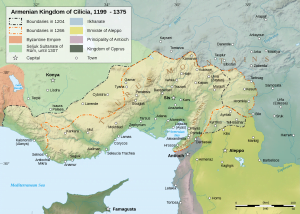
Cilician Armenia: The Armenian Kingdom of Cilicia (11th-14th Centuries) Roupen I Organizes a Revolt Many of the Armenian nobles who accompanied Gagik II to Constantinople
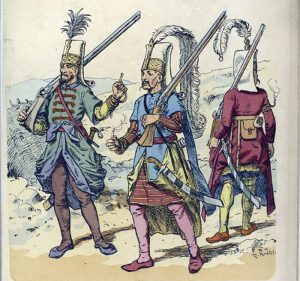
Armenian boys recruited to fight for Islam – Armenian Janissaries (Yanichars) It was Sultan Murad (Murat) I (1359-1389) during the latter part of the Fourteenth
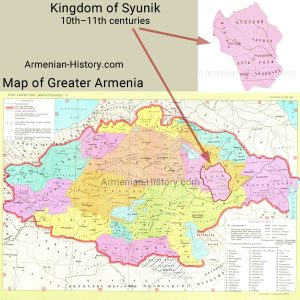
The Kingdom of Syunik (Սյունիքի թագավորություն), one of the medieval Armenian kingdoms, emerged in the southeastern region of historical Armenia. It became a significant political
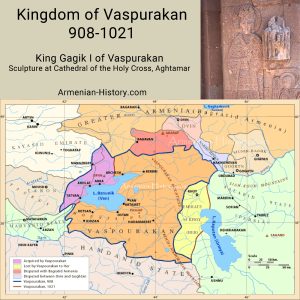
The Kingdom of Vaspurakan (Վասպուրական) was one of the prominent Medieval Armenian kingdoms. This kingdom’s territory largely overlapped with the Vaspurakan province of Greater Armenia.

Origins and Identity of Hayasa Hayasa (Hayasa-Azzi), a mountainous kingdom near Lake Van, is mentioned in Hittite records dating back to the 14th century B.C.

Kingdom of Urartu, Van, Ararat Kingdom – 9th-6th Centuries B.C. A Redoubtable Foe One of the great chapters in the history of Armenia is the
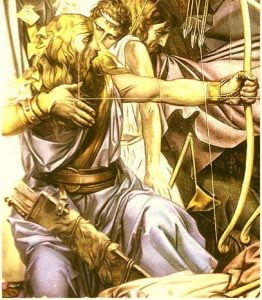
Period of Legend The Armenians have their full share of legends regarding their origin; legends in which spirits, gods and superhuman heroes, the forces and
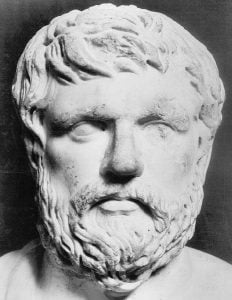
Retreat of the ten thousand Greek mercenary soldiers, ten thousand in number, who had been aiding the younger Cyrus of Persia against his brother Artaxerxes,

The centralized government of Darius III began to disintegrate in the fourth century B.C. The provincial satraps werestriving for independence, and the Greeks were looking with covetous
Artashesian and Zarehian Kingdoms of Armenia Decline and fall of Seleucid Empire Possessions in India were lost to the Seleucid Empire in 305. Fifty years later